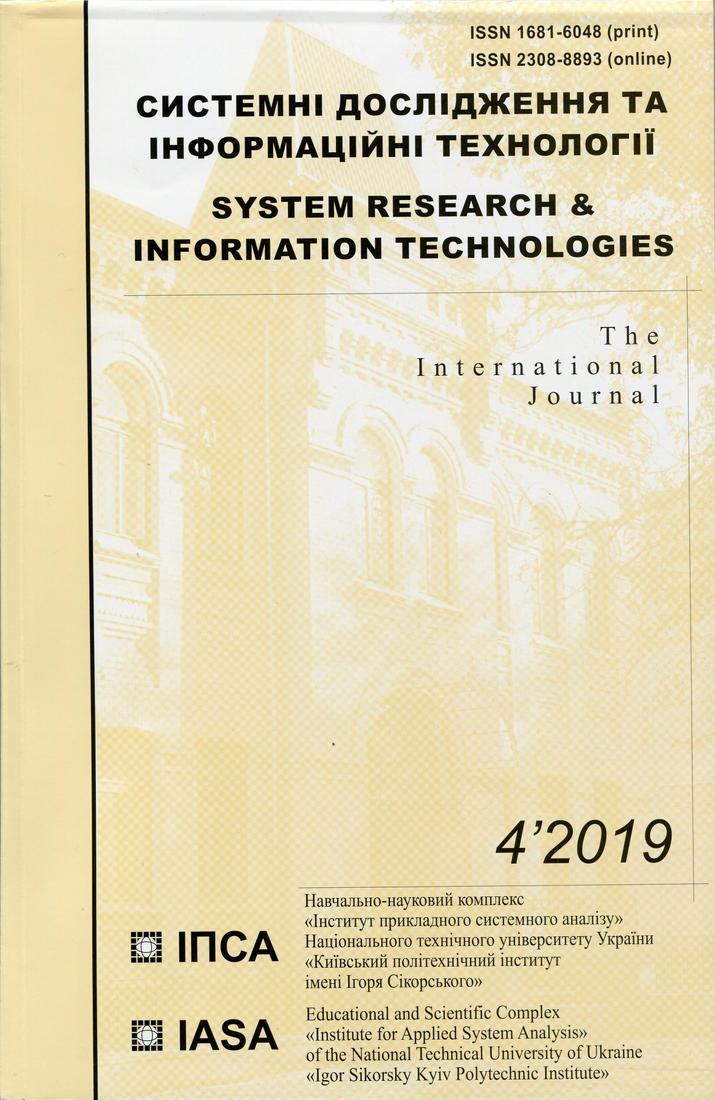Analysis of negative flow of gravitational waves
DOI:
https://doi.org/10.20535/SRIT.2308-8893.2019.4.01Keywords:
gravitational waves, antimatter, rectilinear coordinates, negative energy flow, spin of gravitational wavesAbstract
In this article, we made the mathematical explanation of the anti-gravitational waves, by the inspiration that we got from the observed positron in cosmic rays. Then, we analyzed the mathematical difference between positive and negative flows of gravitational waves; and we calculated the spin of the negative flow of gravitational waves, which is used to stabilize the movement of the waves. In the mathematical formulas we found that positive and negative flows move in opposite directions from each other; therefore, if we see the spin (rotation) of the waves from the planet that emits the waves, the positive flow rotates anti-clockwise, while the negative flow rotates clockwise. We also investigated the possible origin of gravitational waves, and concluded that the negative flow can occur when the positive flow appears, leaving holes behind, in the gravitational field, which is trig-gered by the movements of a large mass of the planet.References
Matsuki Y. Calculating energy density and spin momentum density of Moon’s gravitational waves in rectilinear coordinates (part 4) / Y. Matsuki, P.I. Bidyuk // System Research & Information Technology. — 2019. — N 3. — P. 7–17.
Beringer J. Particle Data Group / J. Beringer et al. // Phys. Revi. D86, 010001. — 2012. — P. 306 (Figure 26.2 Differential spectrum of electrons plus positrons multiplied by E3).
Dirac P.A.M. General Theory of Relativity / P.A.M. Dirac. —New York: Florida University, A Wiley-Interscience Publication, John Wiley & Sons, 1975. — P. 69.
Dirac P.A.M. The Principle of Quantum Mechanics / P.A.M. Dirac. — Fourth Edition. — Oxford: Clarendon Press, 1958. — P.312
Goldstein H. Classical Mechanics / H. Goldstein, C.P. Poole, J.L. Safko. — 3rd Edition. —Pearson Education, Inc., (2002). — P. 646 (especially Chapter 7.11 “Introduction to the general theory of relativity”, P. 324–328).
Matsuki Y. Empirical Investigation on Influence of Moon’s Gravitational-Field to Earth’s Global Temperature (Part-3) / Y. Matsuki, P.I. Bidyuk // System Research & Information Technology. — 2019. — N 2. — P. 18–24.

